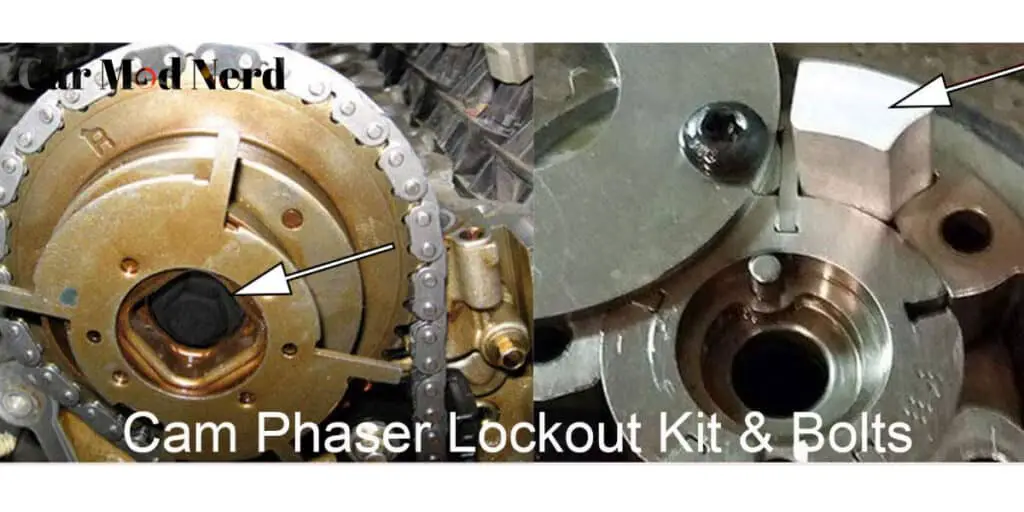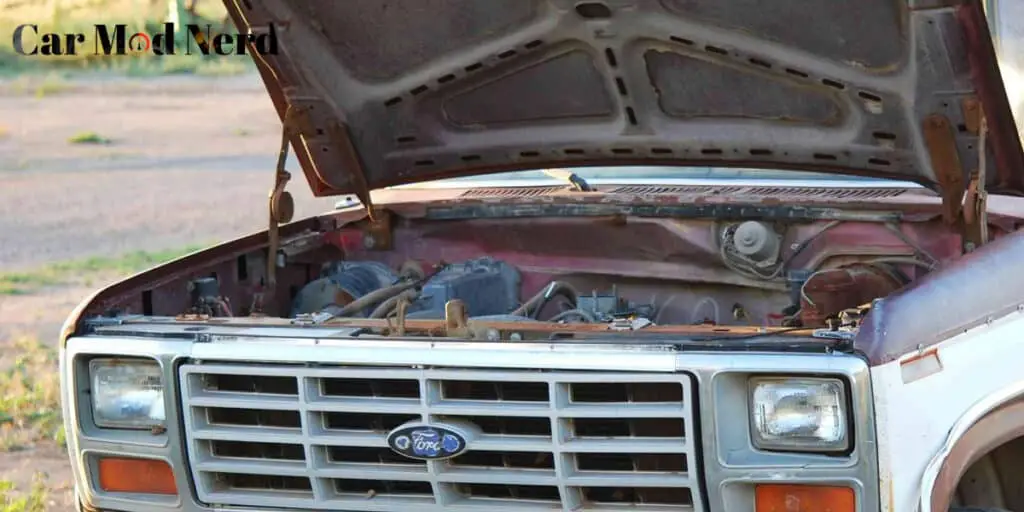TC stands for Traction control also known as stability control system on the car. Before we dive into traction control, let’s first understand traction. Vehicle traction is the friction between the wheels and the road. The friction resisting force provides road grip and prevents the tires from sliding on slippery surface. Traction control is a safety feature in your car that provides traction when driving in bad weather and terrains.
Read my guide on what does S mean on a car here.
What Is Traction Control
The traction control system uses sensors to recognize when a tire is losing traction, such as when driving on ice, and applies the brakes to the wheels. This reduces the amount of power applied to the wheels and keeps the vehicle from sliding or spinning out of control.
What Does Traction Control Do
Traction control system (TCS) helps you maintain control of your vehicle when driving over slippery conditions, such as wet or snow packed roads, by preventing the wheels from spinning. It helps you maintain traction by applying brakes to individual wheels in order to maintain traction. It is characterized by its ability to reduce or entirely remove the effects of over-steer and under-steer.
How Does Traction Control Work
The traction control system in modern cars comprises wheel sensors that detect speed changes due to loss of traction. These wheel sensors transmit the changes to the ECU. The ECU then processes this information and sends command prompts through the ATC (Automatic traction control) valve to the anti lock braking system (ABS). The braking system initiates braking to the affected wheels. Traction control will automatically begin as soon as the sensors on the wheels detect loss of traction.
Read what does SE mean on a car here.
Advantages Of Traction Control
- Traction control is similar to the anti lock braking system (ABS) therefore making it easy to install
- It contributes to safety when driving in severely bad roads
- Traction control helps prevent accidents. The indicator light on your car acts as a warning sign
- The system has the ability to initiate the braking system when it detects any problems with the wheels preventing them from slipping
- Provides more grip on the road
Demerits Of Traction Control
- The high-functioning gear used in traction control is quite expensive
- The cost of maintenance is very high. The components of a traction control system can be expensive, making the cost of maintenance and repair very high and unaffordable to most people
- Traction control will wear out your braking system components. Traction control functions by a connection to your car’s braking systems. The automatic and frequent engagement of the braking systems causes some components to wear out much faster
Can you drink non alcoholic beer while driving? Find out here.
What Does TC Mean On A Car
Traction control systems development to what we know today dates back to the 1800s with the invention of friction or traction drives. In modern history, friction drive refers to non-lubricated drive, while traction drives use lubricating fluids.
The earliest stability control system invention was by C.W Hunt in 1877. Hunt’s friction wheel had a single-spoked transfer wheel, which according to NASA, had leather covering a pair of toroidal-shaped metal discs. In 1899 W. D Hoffman devised a similar drive for belt-driven machinery. Hoffman’s toroidal drive arrangement became popular with many traction drive designers.
The traction drive invention saw its application in cars, trains, and other industrial machinery. In the early 1920s to 1940s, General motors experimented on traction drives. They came up with a limited-slip differential LSD under the trademark brand Positraction.
The LSD allows two shafts to rotate at different speeds but limits the amount of power to the wheels. Other automotive players in the motor vehicle industry like BMW, Toyota caught on. In 1971 Buick introduced Max Trac traction control.
The Buick traction control system was ahead of its time. The system used a computer chip to detect the rear wheels and control the engine power to those wheels and provide the most traction.
This traction control was a bit primitive compared to today’s systems which work by engaging the Anti Lock Braking System (ABS sensor). Instead, it detected disparity between the front and rear wheels and cut off the engine spark until the rear and front wheels spin rates equalized. New fluid technology and other technological advancements in recent years contribute to the realization of the full potential and benefits of traction drives.
Read what does L mean on a car here.
What Causes The Traction Control Light To Come On
In most cars, the traction light indicator is a car and skid marks. You may have seen this light come on, and you have no idea why this happened. Below are the reasons why.
- Bad Wheel Traction Sensors
- Bad Road Conditions
- Programming Issues with the ECU and Traction Control System
- Steering Angle Sensors
- Faulty Steering Rack
- Tire Pressure
Bad Wheel Traction Sensors
Speed wheel sensors detect wheel changes due to traction. These sensors connect to the traction control system and ECU. If the speed sensors are faulty, the sensors will not relay the changes on wheel speed changes causing the light to come on.
Bad Road Conditions
Perhaps one of the most common reasons for your traction light to come on. Say you are driving on a road that your car’s traction control system cannot handle, for example, too much snow or slippery muddy roads.
Programming Issues with the ECU and Traction Control System
ECU malfunction will most likely cause your traction light and other indicator lights to come on. Programming issues with the ECU and traction control systems may arise over time or due to manufacturers’ defects. To resolve the issue, you might need to reprogram the system.
Steering Angle Sensors
Angle sensors located on the steering column responsibility are to calculate the angle and turning rate of the steering wheel. The car stability system relies on the angle sensor precision rate. When these sensors are faulty, the car stability gets compromised, and this causes the traction light to come one.
Faulty Steering Rack
The steering rack is one component attached to your steering wheel. If the steering rack is faulty, it becomes difficult to steer the car smoothly.
Tire Pressure
A significant change in your car’s tire pressure will cause the traction light to come on. If your tire is losing pressure, the wheel sensors will detect this change causing the traction light to come on. Use the best tire pressure temperature calculator here.
Traction Control FAQ
Can you practice driving without a permit? Find here.
Traction control has come a long way. The ability to prevent wheel slip, which can be hazardous, has helped greatly provide safety and prevent accidents. You might not notice the traction control working until when you need it. When the car loses traction, the indicator will briefly come on to show that it is working and then go off once the vehicle regains traction. It is not advisable to switch the traction control off. However, you can switch the traction control off if you get stuck and you need to rock the car or when you have to use tire chains.





